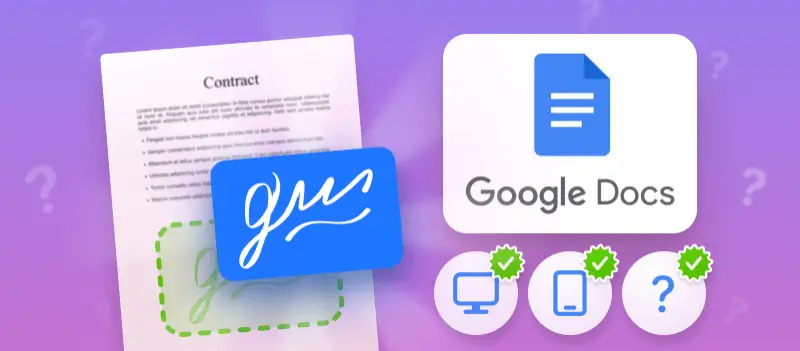Today, people are much more environmentally conscious, and creating a paperless office is an excellent eco-friendly strategy that benefits both individuals and the planet.
Consider how many documents are in your office. Do you really need them all? Are there better ways to store the information they contain?
Often, paper just sits around waiting to be dealt with—whether that means shredding it or filing it away. It's time to be more environmentally friendly and eliminate paper altogether.
What is a paperless office?
A paperless office is a work environment where the use of hard copy documents is eliminated or significantly reduced. Instead of relying on physical form, all information is created, stored, managed, and shared digitally.
Below are some of the key features and advantages of a paperless office.
Features
- All files are created and maintained in electronic formats such as PDFs, DOCs, or spreadsheets.
- Use of digital signatures to approve and authenticate documents.
- Secure storage of files in cloud services, allowing easy access and collaboration from anywhere.
- Conversion of existing paper documents into digital files using scanners.
- Automated processes for managing approvals and other routine tasks.
- Implementation of online platforms for team collaboration and communication, such as project management software and shared workspaces.
Benefits of paperless office
- Reduces paper waste and the need for physical storage, contributing to environmental conservation.
- Decreases expenses related to paper, printing, and ink.
- Enhances productivity through faster document retrieval, easier sharing, and streamlined workflows.
- Provides better protection for sensitive information through encryption, access controls, and secure backup.
- Facilitates remote work, as documents can be accessed from anywhere with an internet connection.
Go paperless at work
Deciding to go paper-free doesn't mean completely eliminating hard copies from your life. Important documents like degree, birth, and marriage certificates are still necessary to have in physical form.
However, by being more environmentally conscious, you can choose not to retain unnecessary paper. Instead, scan what you want to keep and store it digitally rather than printing it out. There are many ways to go paperless, and it's easier than you might think.
Implementation tips
- Identify which paper processes can be transitioned to digital.
- Select appropriate software for document management, signatures, and cloud storage.
- Ensure staff are comfortable using new tools and understand the benefits of going paperless.
- Start with a hybrid approach if needed, gradually reducing paper use as online solutions are implemented.
- Establish clear protocols for naming, storing, and backing up files to keep them organized and easily accessible.
The best paperless workspace tools
Start working with documents online. For example, use an online PDF editor instead of printing out the file and editing it with a pen on paper.
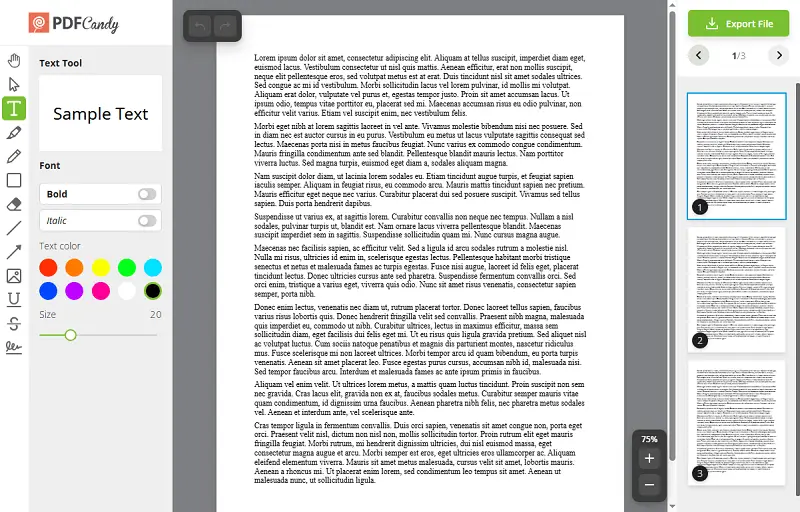
Features that can be useful in paperless work environment:
- E-signing
Regardless of your field, signing documents electronically not only conserves paper but also saves time. This is particularly true if you would otherwise need to travel with or mail files to obtain signatures.
To sign a PDF, simply upload your file, choose the type of signature, and place it on the document wherever you want. Then, export the file, and you're done.
This tool offers three types of electronic signatures: image, drawing, and text. With the image option, you upload a picture of your signature. The drawing variant allows you to draw your initials using a touchscreen, mouse, or touchpad. The text one lets you type your desired phrase.
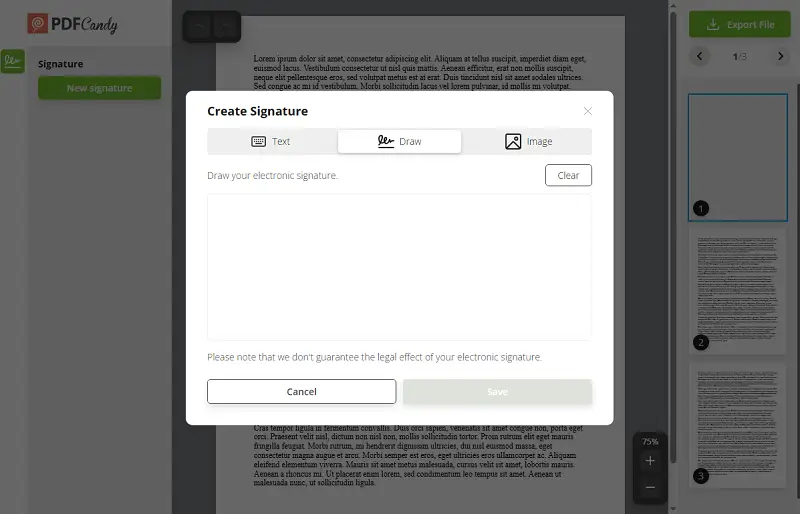
- Watermark
There are many instances where you might want to add a watermark to a document, such as for security, branding, or copyright purposes.
Our tool allows you to easily insert a watermark to your PDFs in two different ways: either as text or an image. This paperless system is simple to use and enables you to protect your files electronically.
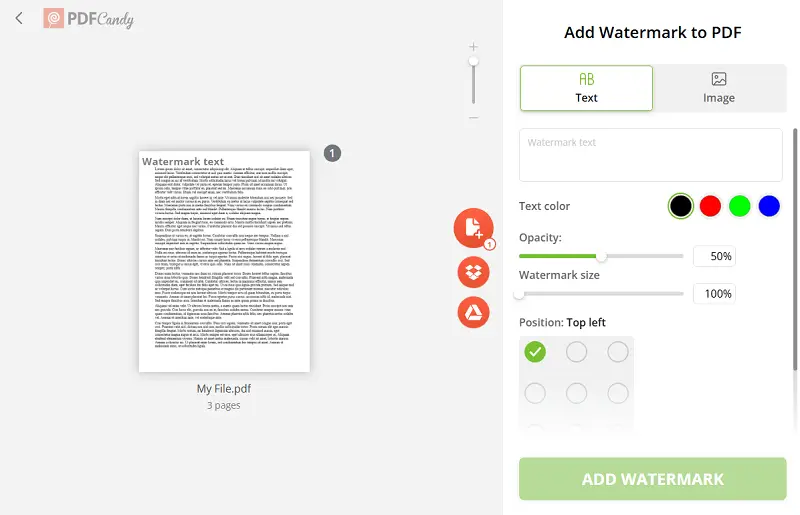
- Compress
When working with digital documents, you will eventually need to reduce their file size. You can easily compress PDFs online and even merge multiple files before compression for optimal results.
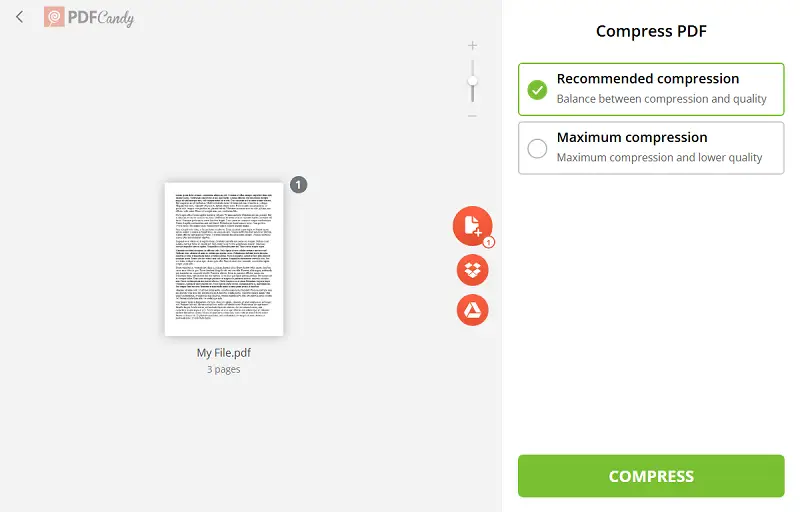
FAQ
How can a company transition to a paperless environment?
Begin by converting physical files to digital formats, adopting cloud-based storage, utilizing e-signatures, and integrating electronic collaboration tools.
Does going paperless lead to savings?
Over time, businesses can save by cutting expenses for paper, ink, printing devices, and physical storage, making the shift financially viable.
Can paperless systems help meet legal requirements?
Yes, electronic record-keeping systems can help ensure compliance with regulations by maintaining organized, secure, and easily accessible digital archives.
How to go paperless: conclusion
Transitioning to a paperless office system is a forward-thinking strategy that benefits both your organization and the environment. By adopting digital tools and practices, you can significantly reduce paper waste, streamline workflows, and enhance overall efficiency.


